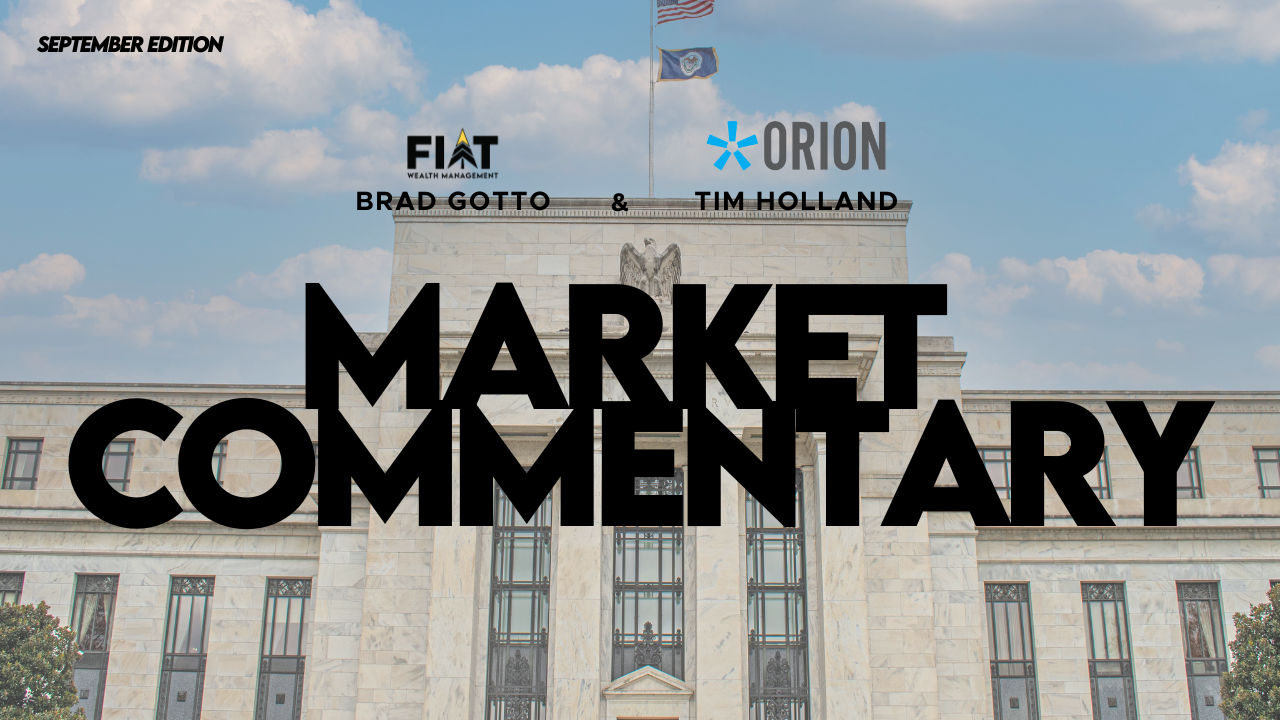Secure Act 2.0 was recently passed by Congress and signed into law by the president on December 29, 2022. This act makes some significant changes to the way that households may operate their finances. Here's what you need to know about the Secure Act 2.0 and how it may affect you.
The SECURE Act 2.0 is an updated version of the Setting Every Community Up For Retirement Enhancement (SECURE) Act, originally passed in 2019. This updated act could potentially change RMDs, or Required Minimum Distributions, for those with sizable retirement accounts such as Traditional IRAs. RMDs are the minimum amount of money you must withdraw from your IRA each year after the age of 73 (perviously 72) - In 2033 the plan is to raise that age to 75, so keep in mind, any changes to RMD policies would highly impact those planning for their retirement goals.
It also allows small business owners to set up retirement plans that are less expensive and provide more investment options than traditional plans. One of the biggest changes under the Secure Act 2.0 is that people over age 50 can contribute more money each year to their IRA or 401(k) without having to pay a penalty. This is called a 'catch-up contribution'. Starting in 2024, this catch up limit will be indexed based on Inflation, meaning it could increase every year.
The SECURE 2.0 Act attempts to tackle three of our most challenging issues: getting people to save more, improving existing rules, and lowering the cost of setting up a plan—all within 92 retirement-savings provisions! It's made it quite easy to feel prepared for retirement chaos, as these changes come into play starting on January 1, 2023, and through 2025. And the best part? Retirement goals can now be assured (or at least attempted) without breaking an employer's bank account.
The Secure Act was Created to Help People Save for Retirement
The Secure Act 2.0, which was signed into law in late 2022, provides additional incentives for saving for retirement. It allows individuals aged 50 and over to make larger contributions to their traditional or Roth IRA accounts and makes it simpler for small businesses to offer retirement savings plans.
*Watch out: If you earn more that $145,000 in the prior calendar year, all catch-up contributions can only be made to a Roth IRA account with after-tax dollars. For 2023, if you make more than $214,000 single or $228,000, you can’t directly contribute to a Roth at all.

The Secure Act 2.0 provides several tax advantages for small business owners who offer retirement savings plans to their employees. These tax benefits can help businesses offset the cost of providing these plans. The Secure Act is an innovative way to help individuals plan for their retirement. It encourages everyone to put money away into an IRA or 401K, provides tax incentives to do so, and ensures that those individuals can access their funds without penalty during emergencies. Additionally, the act allows for one-time hardship withdrawals from employers sponsored retirement plans, and employer contributions for part-time workers as well as “gig workers” and it even increases the age people must start taking RMDs from 72 to 73. Employers with 50 or less employees, who have not set up a 401(k), can get the setup cost of a 401(k) completely free thought tax credits (previously was 50% of cost). This important legislation is a great way for people to prepare for the future by protecting their assets and having a plan in place for financial security down the road.
Secure Act 2.0: What’s Changed?
The latest version of the act is making a difference in people's pockets and wallets, with more provisions than ever before offering people better ways to save money. The range of new policies is comprehensive, from tax incentives to pension schemes, helping individuals from all walks of life by creating an improved financial situation. For example, the act offers tax credits of up to $500 for small business owners who offer retirement plans. It also increases access to 529 college savings accounts by creating the availability to roll a portion into your Roth IRA penalty free. Additionally, the law eliminates age restrictions on traditional IRA contribution amounts so that anyone of any age can contribute and save for retirement.
Finally, through its various provisions, the Secure Act 2.0 helps protect Americans in case of financial hardships by allowing them to take hardship withdrawals from their employer-sponsored retirement plans without a 10% early withdrawal penalty and providing incentives for employers to make contributions for part-time workers as well as gig economy employees.
Overall, these changes provide people with security. It's clear to see that this modernized act is creating real opportunities for the people who need it most – something that should be applauded and celebrated!
Expanded Access to Retirement Funds
- In Section 115, starting Jan. 2, 2024, this new provision will allow participants to access up to $1,000 per year from their retirement savings without dealing with 10% early withdrawal penalties.
- Section 127, starting January 2, 2024, employees will be able to set up Roth emergency accounts with up to $2,500 per participant annually.
- Section 314, starting January 2, 2024, survivors of domestic abuse will have an important way to access funds for their recovery. Survivors of domestic abuse will be allowed to withdraw the lesser amount between $10,000 and 50% of their retirement account without penalty or tax.
- Section 331, which is already in effect, allows people affected by a qualified and federally declared disaster to withdraw up to $22,000 from their retirement account without incurring any type of penalties.
All Secure Act 2.0 section summaries are based directly from the bill from the senate.
Are Taxes Adjusted?
The Tax Cuts and Jobs Act makes some changes to how retirement accounts are taxed. The law also allows people who are age 50 or older to contribute up to $6500 extra to their retirement account, which gives seniors some much-needed financial flexibility.

There have also been changes made concerning how much money can be withdrawn from retirement plans before an individual reaches age 59 1/2 without penalty. The age minimum for withdrawing money from your retirement account has not changed, but the tax act expands the options for how those withdrawals will be taxed. Overall, these provisions give people more control over their finances in retirement.
Changes in Long-Term Care Insurance
The Secure Act 2.0 is a popular legislative bill as it offers several provisions to help individuals prepare for their future, especially long-term care costs. This provision ensures that if an individual ever needs nursing home care or in-home services in the future, they'll have some extra financial resources to rely on. However, it's important to understand that even with this coverage, those individuals may still need to cover additional expenses, not all of which will be covered by the insurance. Ultimately, the Secure Act 2.0 serves as an excellent precursor for when it comes time to create a plan for long-term care needs down the road.
The Secure Act 2.0 is a groundbreaking way to provide financial security in the golden years of retirement, and should not be overlooked by those who can benefit from it. It makes saving more easy by allowing people age 50 and over contribute more to “catch up” (keep in mind the income limits). The government designed this plan with tax benefits in mind, meaning that it not only helps people save for their retirement years financially but also ensures that such savings come with attractive effectiveness. By taking advantage of the provisions in this new law, people can save money for retirement and have greater peace of mind. To read the Secure Act 2.0 in it’s entirety, click down below to learn more.
This page is a publication of Fiat Wealth Management, LLC. The firm is registered as an investment adviser and only conducts business in states where it is properly registered/notice filed or is excluded from registration requirements. Registration is not an endorsement of the firm by securities regulators and does not mean the adviser has achieved a specific level of skill or ability.
The information presented is believed to be current. It should not be viewed as personalized investment advice. All expressions of opinion reflect the judgment of the authors on the date of publication and may change in response to market conditions. You should consult with a professional advisor before implementing any strategies discussed. Content should not be viewed as an offer to buy or sell any of the securities mentioned or as legal or tax advice. You should always consult an attorney or tax professional regarding your specific legal or tax situation.













.png)